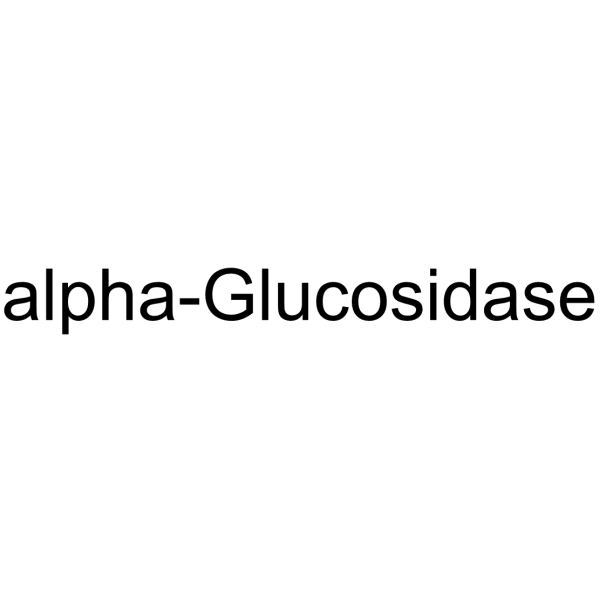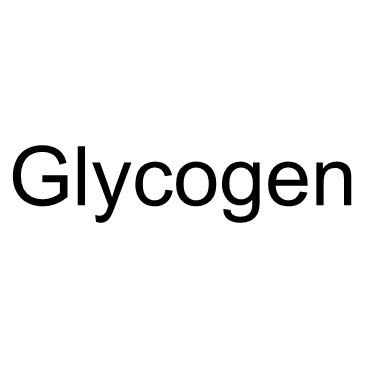| Structure | Name/CAS No. | Articles |
|---|---|---|
 |
α-Glucosidase
CAS:9001-42-7 |
|
 |
Glycogen
CAS:9005-79-2 |